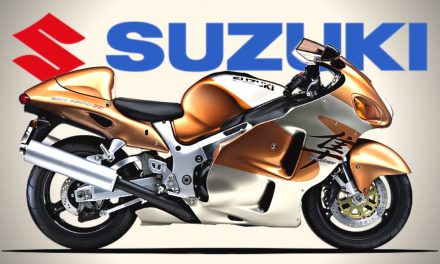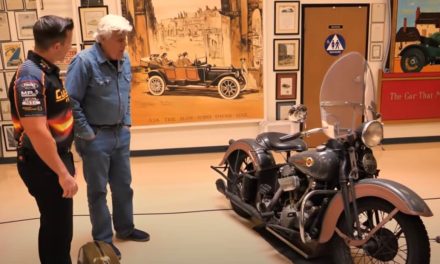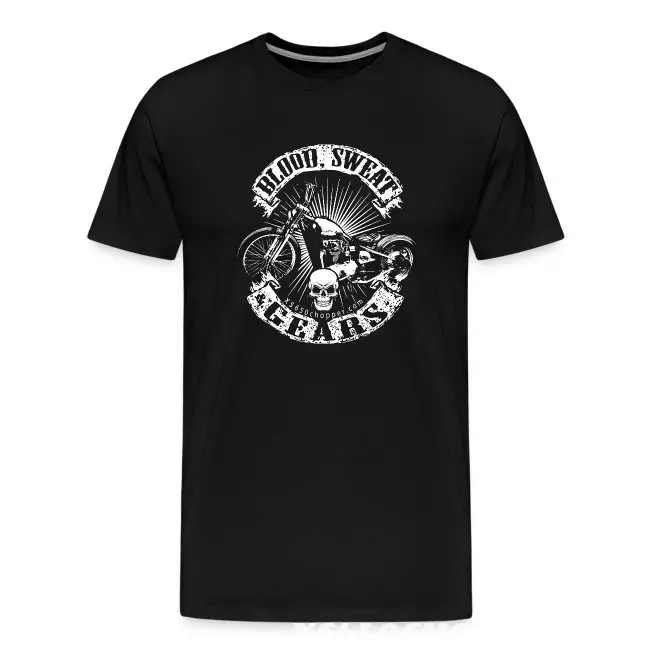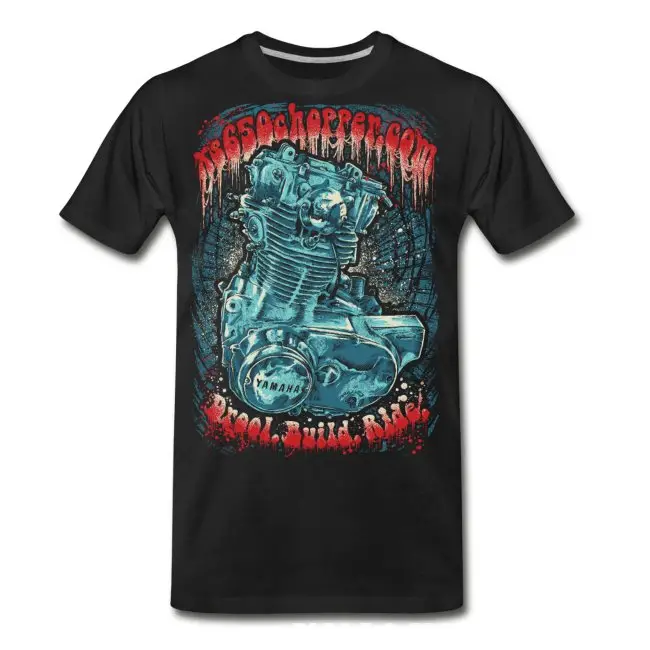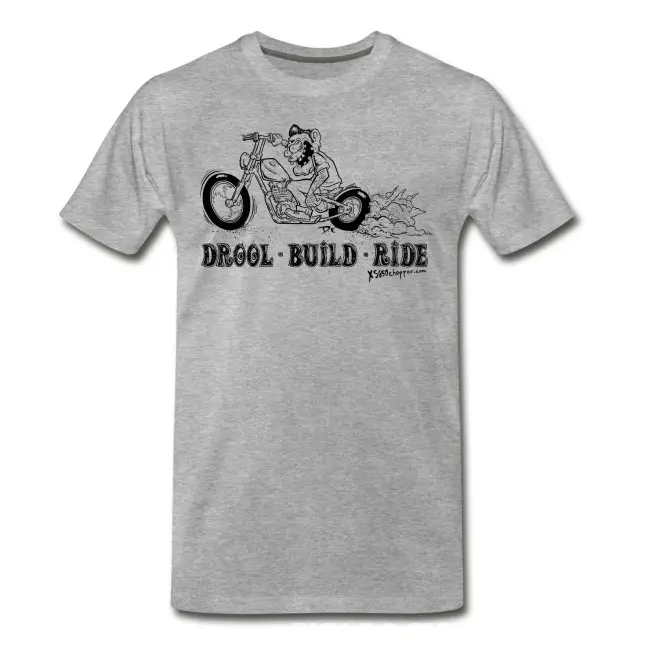In recent years, there’s been a noticeable decline in motorcycle riding among the millennial generation. This shift away from two-wheeled transportation is a fascinating phenomenon, with various factors contributing to the hesitancy of these younger riders.
Inspired by the video at the bottom of this article, which delves into the complexities behind millennials’ relationship with motorcycles, we’re going to explore five key reasons that may be fueling this apprehension.
1. Economic Challenges and Priorities
The financial landscape for many millennials is starkly different from that of previous generations. The Great Recession left deep economic scars, causing a shift in how this generation views spending and savings. As Yami Noob points out, motorcycles are often seen as luxury items, and with the millennial generation grappling with stagnant wages and crippling student debt, the cost of owning and maintaining a bike can be daunting. The idea of allocating funds towards a depreciating asset solely for enjoyment is at odds with the frugal nature of many in this demographic.
Moreover, the practicality of motorcycle ownership is called into question when considering the monthly financial commitments that come with it. For some, the cost of a motorcycle payment, coupled with insurance and maintenance, can rival that of a student loan payment. This makes the dream of motorcycle ownership an unrealistic and unjustifiable expense for many millennials who are already struggling to keep up with the cost of living.
2. Changing Tastes and Lifestyle Preferences
Millennials’ preferences have evolved, and what was once considered desirable is not necessarily the case anymore. The video by Yami Noob discusses how the traditional image of motorcycling, often epitomized by brands like Harley-Davidson, doesn’t resonate as strongly with younger riders. Instead, there’s a gravitation towards more high-tech, value-driven options, such as Ducati’s offerings. This reflects a broader trend of millennials seeking out experiences and products that offer both innovation and value for money.
Additionally, the allure of the motorcycle as a symbol of freedom and rebellion doesn’t hold the same cachet it once did. As the video suggests, millennials are more likely to be drawn to retro-styled bikes that offer modern amenities, indicating a preference for blending nostalgia with contemporary features. This shift in tastes further underscores the complexity of the motorcycle industry’s challenge in appealing to a generation with distinctly different values and expectations.
3. Safety Concerns and Risk Aversion
Safety is a significant concern for many millennials, a generation that has grown up amidst a culture increasingly focused on well-being and risk mitigation. Motorcycles are inherently risky, and for a demographic that values safety, this can be a major deterrent. The video highlights the perception of motorcycles as dangerous, likening it to an anachronism in today’s safety-conscious world.
This heightened awareness of the risks associated with riding may contribute to the fear of motorcycles. With information readily available about the potential dangers of motorcycling, millennials may be more inclined to opt for safer, more protective modes of transportation. The idea of engaging in a hobby that is seen as a ‘two-wheeled death trap’ is less appealing in a society that prioritizes health and longevity.
4. Urbanization and Practicality
The trend of urbanization has had a profound impact on transportation choices. As more people move into cities, the practicality of owning a motorcycle changes. Yami Noob’s video touches on the fact that, in dense urban environments, motorcycles can offer advantages such as ease of parking and fuel efficiency. However, the necessity of owning any vehicle in a city with comprehensive public transportation and the rise of ride-sharing services can make motorcycles seem less essential.
Furthermore, as cities grow and traffic becomes more congested, the practical benefits of motorcycles may be weighed against the challenges of urban riding. The hustle and bustle of city life, coupled with concerns about theft and vandalism, can make the prospect of motorcycle ownership less attractive to city-dwelling millennials.
5. The Gateway to Riding: Decline in Youth Engagement
One intriguing point raised in the video is the decline in youth engagement with dirt bikes, which are often considered a gateway to motorcycle riding. If fewer young people are being introduced to riding at an early age, it stands to reason that there will be fewer adult riders down the line. This decrease in early exposure could be contributing to the overall decline in motorcycle interest among millennials.
The video also speculates on the potential impact of the sharing economy on motorcycle riding. As millennials are known for valuing experiences over possessions, the idea of motorcycle sharing services could potentially pique interest in riding without the commitment of ownership. Whether this will be enough to counteract the broader trends away from motorcycling remains to be seen.
In conclusion, the reasons behind millennials’ fear or reluctance to ride motorcycles are multifaceted, ranging from economic considerations to lifestyle choices and safety concerns. As the motorcycle industry looks to the future, understanding these factors will be crucial in engaging a generation that appears to be drifting away from the riding culture.
Check out the video here:




